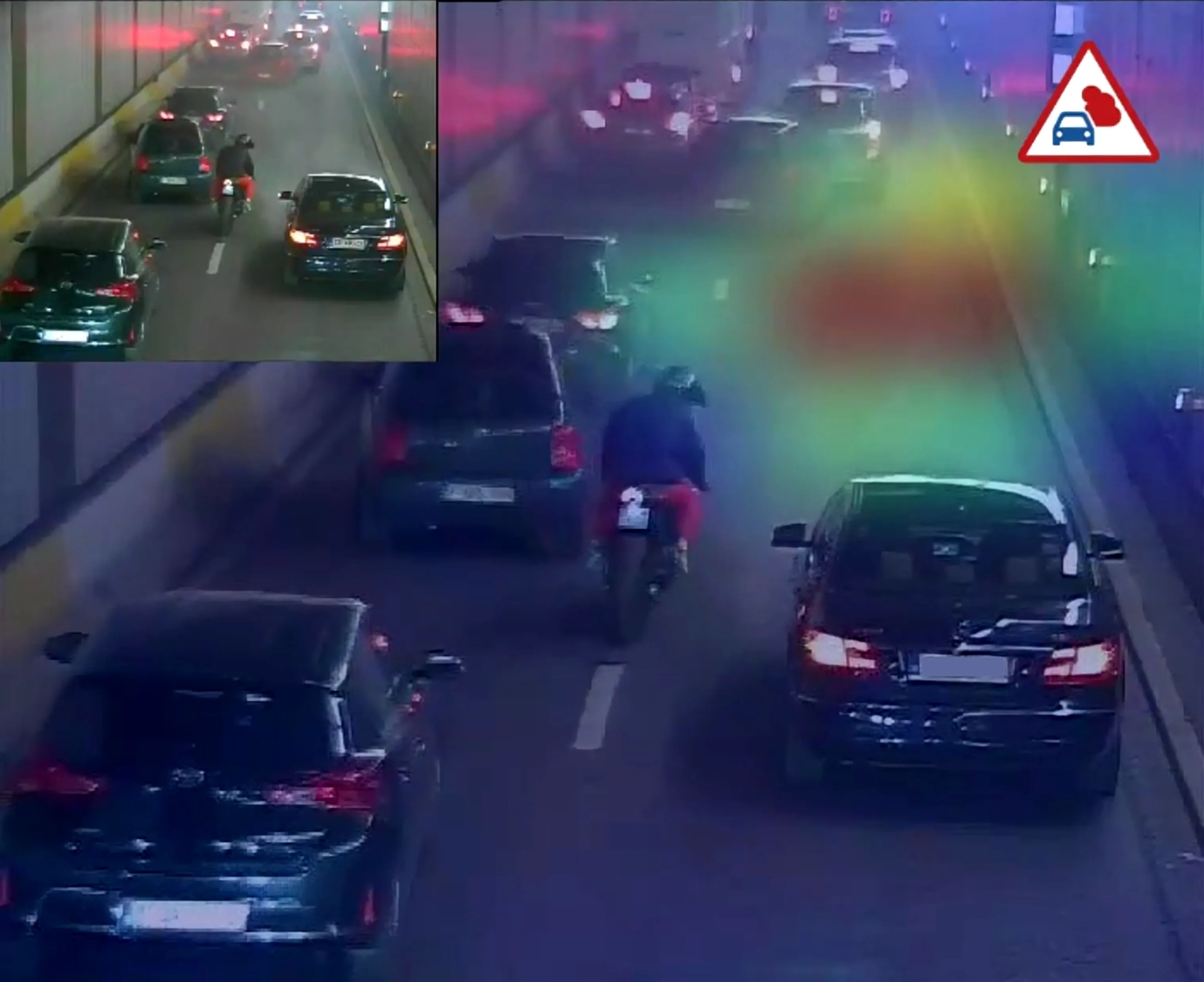
Metro de Málaga in Spain has commissioned
The control centre is equipped with Indra's advanced subway management solution and includes the integration of the ticketing, operation planning and traffic regulation sub-systems and allows operators to monitor trains in real time. It provides a tool for supervising and controlling all the fixed installations such as stairs, elevators, ventilation, low voltage, the video surveillance system, access control and the intercom and PA systems, ensuring operators can monitor all subway systems and stations from their workstation in real time.
Indra has also implemented a latest-generation data centre to support the activities of the control centre and communications integrated in an IP platform, allowing users to communicate with every system from the same device. The control station also incorporates a SCADA system to manage energy consumption and a SCADA control system for the fixed installations.
Metro de Málaga has also opted to use Intra’s ticketing and access control systems. This contactless technology validates tickets when they are held in front of a scanning device, thus speeding up the entry and exit of passengers.
The use of state-of-the-art management technology provides Metro de Málaga with the capacity to access information in real time, facilitating the decision-making process and offering users a safer, more efficient and eco-friendly service.










